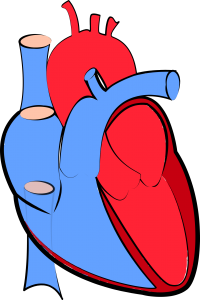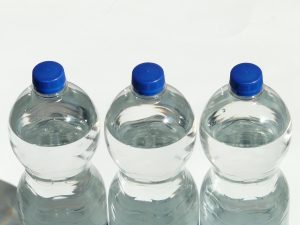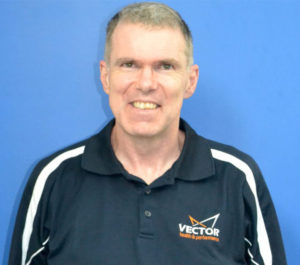When you are exercising at moderate to high intensities the muscles demand blood to supply energy to exercise. The body therefore shuts down blood flow to other regions to allow an increased flow to the muscles.
In the heat our cooling mechanism is managed by increasing blood flow to the skin so the body can control its temperature via sweating and evaporation mechanisms.
This creates a dilemma when you are exercising in the heat. The body is wanting to send the blood to the muscles to supply them with energy, but at the same time it is also needing to send blood to the skin to cool the body. If the muscle is compromised then your ability to exercise with be reduced and if the skin is compromised your ability to control your body temperature will be affected. An increase in temperature also affects other body regions including the brain and nervous system.
When you are just using small muscles when you are exercising in the heat the heart just works harder to accomplish supplying both the skin and the muscles. However, if you are using bigger muscles, such as in a sporting environment, the hearts controlling mechanisms restricts how hard it will work, otherwise your blood pressure will get too high.
To keep an adequate blood flow to the muscles, the body restricts blood flow to the body’s organs. Unfortunately, this eventually includes the skin. This then restricts the ability of the body to cool itself when working hard in the heat. The result of this is an overheating of the body which will eventually affect the brain. As the brain becomes affected the body will become fatigued. This is due more so to the brain not functioning rather than the muscles not coping with the workload.
If you become dehydrated as well this has a larger effect. Dehydration means there will be a reduced relatively quantity of blood that is able to be pumped around the body. If there is less blood then our cooling mechanism suffers further, as our muscular demand will remain the same and our heart will not be able to work harder.

Cooling through providing shade, wet towels and ice vests, along with adequate hydration is therefore vital if one is to maintain intensity when exercising in a hot environment. As children have less ability to cool as they don’t sweat to the extent adults do, management of their temperature is even more vital.

Written by – Hamish Ashton – Senior Physiotherapist

